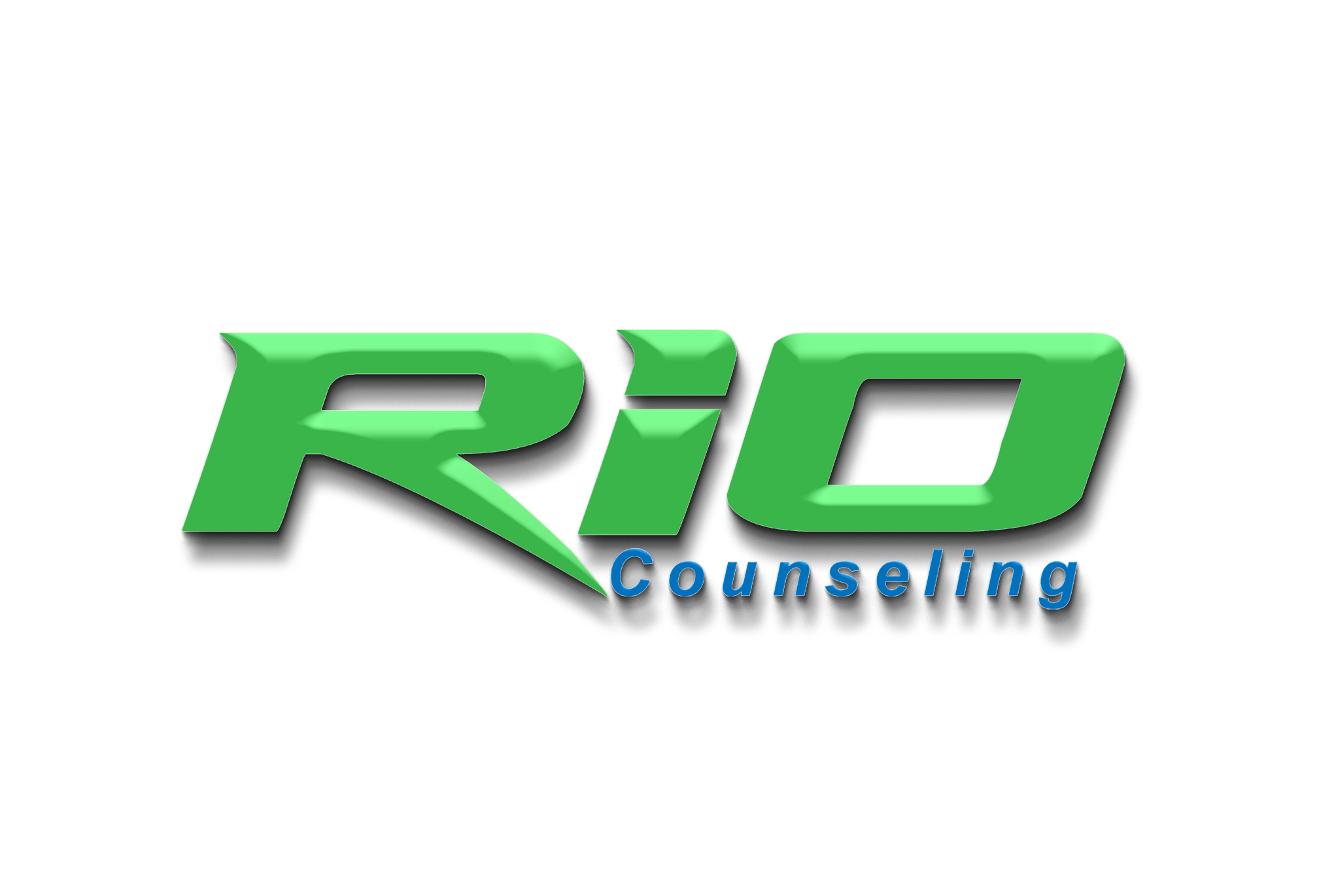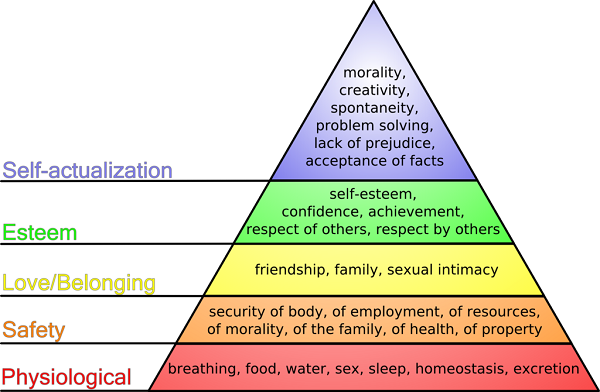[GFDL or CC-BY-SA-3.0], via Wikimedia Commons
Research has shown the therapeutic relationship may be one of the most important factors in counseling determining client change. As a side note, (and an ego blow to many counselors), the greatest impact sometimes comes from factors outside counseling such as peer and social support, spiritual or other factors. However, within the counseling process, the therapeutic relationship appears to be at least as important as the approach or techniques used.
More often than not, those of us in the substance abuse field work with coerced clients; people who do not seek our services on their own. Establishing a therapeutic alliance with these clients is extremely difficult. They see us as part of “the system” or as an authority figure. Considering the importance of the therapeutic relationship, is it any wonder the success rates for addiction treatment are so miserably low?
For many clients, the biggest key to healthy functioning is having at least a few quality relationships with responsible people. Reality Therapy (one of my favorites) focuses heavily on the therapeutic relationship as a gateway to healthy functioning. Maslow places relationship needs as just a step beyond safety and food! In a book called Succeeding When You’re Supposed to Fail, Brafman (2011) found that having a “satellite”, or someone who believes in you, cares about you and expects you to be your best is one of the keys to resilience in spite of overwhelming adversity. It appears Rogers was on to something when he listed the relationship as the first condition required for therapeutic change.
So how do we create a therapeutic relationship? How do we connect with our clients in a way that allows them to grow and change without losing ourselves in the process? We need to be able to form the relationship and be engaged without depending on our clients for any of our own needs. According to Maslow, there is a significant difference between deficiency relationships (D-Love) and being relationships (B-Love). Deficiency relationships are more about what we’re missing in our own lives. As a result, it seems that first and foremost we need to revisit Maslow’s hierarchy in an effort to address any personal deficiencies.
Of course the first level of Maslow’s pyramid includes our physiological needs, which I would argue extends well beyond the basics of food and water. Are we getting enough exercise? Are we eating nutritious foods? Are we getting enough sleep? I’m not saying we have to be health nuts or spend every free moment in the gym; however, we do need to meet a minimum of physical health before moving on to the next level. While I know a few counselors who work diligently on their physical health, many of us fall short on this first category.
How do we improve in this area? Here’s a novel idea…what if we identified specific measurable and attainable goals. What if we made them realistic and time limited? What if we set objectives to accomplish on our way to obtaining those goals? It surprises me how often we work with clients to do these very things and yet fail to apply these same techniques to our personal lives. SMART goal-setting isn’t just something for our clients, it’s a great way to help us accomplish our own goals.
Maslow’s next level includes safety and security needs. Meeting these needs requires more than an effective lock on your door or a home alarm system. Job, financial and relationship stability all play important roles in our perception of safety and security. Long term job security may be a thing of the past, but if you’re changing jobs before you run out of that first order of business cards, there may be an issue. What about our financial health…can we really live payday to payday and feel secure in our lives? For many, a faith and belief in a higher power provides a level of safety and security beyond any other. Are we taking care of ourselves spiritually?
Again, we need to define these needs and develop specific goals. Do we know what we want? Do we know how to get there? Do we have accountability partners who can help motivate and encourage us along the way? While many of us know how to assist others in improving their lives, we too often forget to apply those same ideas to our own. Here is a simple worksheet I sometimes use with clients to identify broad goals. As you may know, amazing things start to happen once we clarify and write down what we want so we can begin to focus our attention in those directions.
Check back soon for Part 3 when we’ll explore Maslow’s next levels, love/belonging and esteem.



